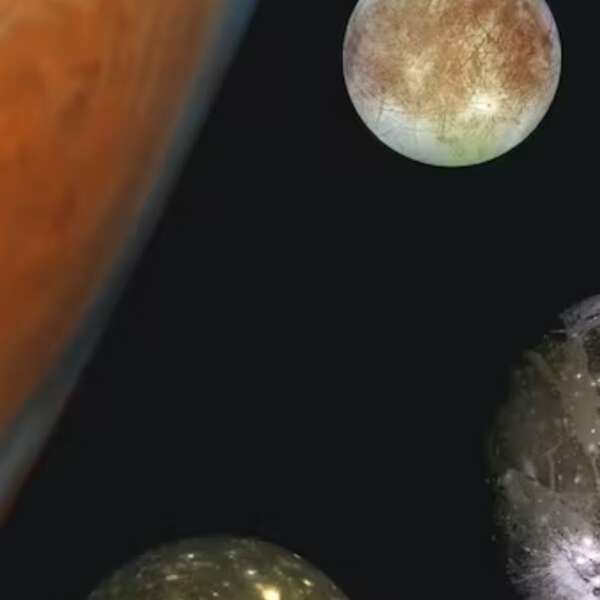NASA Spacecraft Makes Solar Touchdown for the First Time in History
Humanity has once again made history as National Aeronautics and Space Administration (NASA) announced on Tuesday that a spacecraft has successfully entered the corona, the sun’s upper atmosphere, for the first time ever.
The new milestone for solar exploration was announced in a press conference at the 2021 American Geophysical Union Fall Meeting in New Orleans. The results of the study have also been published in Physical Review Letters and Astrophysical Journal.
The journey to the center of the Solar System started when the Parker Solar Probe was launched in 2018 for human’s first attempt to get close to the Sun and unravel its mysteries. Before the milestone, the corona was only ever observed during total solar eclipses. Now, the Parker Solar Probe has successfully flown past this region towards the unchartered territory.

Artist’s concept of NASA’s Parker Solar Probe. The spacecraft will fly through the Sun’s corona to trace how energy and heat move through the star’s atmosphere.
Credits: NASA/Johns Hopkins APL
Venturing past the corona, the Parker Solar Probe was able to get eight million miles close to the Sun’s surface, taking images of plasma streamers using its wispr camera and noting changes in the magnetic conditions. According to NASA, solar material is pushed away at high speeds from the Sun by the solar wind. On the other hand, inside the corona, the magnetic field is much stronger, making solar materials move slower and more tethered to the Sun.

As Parker Solar Probe passed through the corona on encounter nine, the spacecraft flew by structures called coronal streamers. These structures can be seen as bright features moving upward in the upper images and angled downward in the lower row. Such a view is only possible because the spacecraft flew above and below the streamers inside the corona. Until now, streamers have only been seen from afar. They are visible from Earth during total solar eclipses. Credits: NASA/Johns Hopkins APL/Naval Research Laboratory
“Flying so close to the Sun, Parker Solar Probe now senses conditions in the magnetically dominated layer of the solar atmosphere – the corona – that we never could before,” said Nour Raouafi, the Parker project scientist at the Johns Hopkins Applied Physics Laboratory in Laurel, Maryland. “We see evidence of being in the corona in magnetic field data, solar wind data, and visually in images. We can actually see the spacecraft flying through coronal structures that can be observed during a total solar eclipse.”
As of December 2021, the Parker Solar Probe is about 4.89 million miles from the solar surface. The spacecraft aims to reach its closest final approach of about 3.83 million miles from the surface in 2025.
“It’s really exciting to see our advanced technologies succeed in taking Parker Solar Probe closer to the Sun than we’ve ever been, and to be able to return such amazing science,” said Joseph Smith, Parker program executive at NASA Headquarters. “We look forward to seeing what else the mission discovers as it ventures even closer in the coming years.”
SOURCE: NASA















